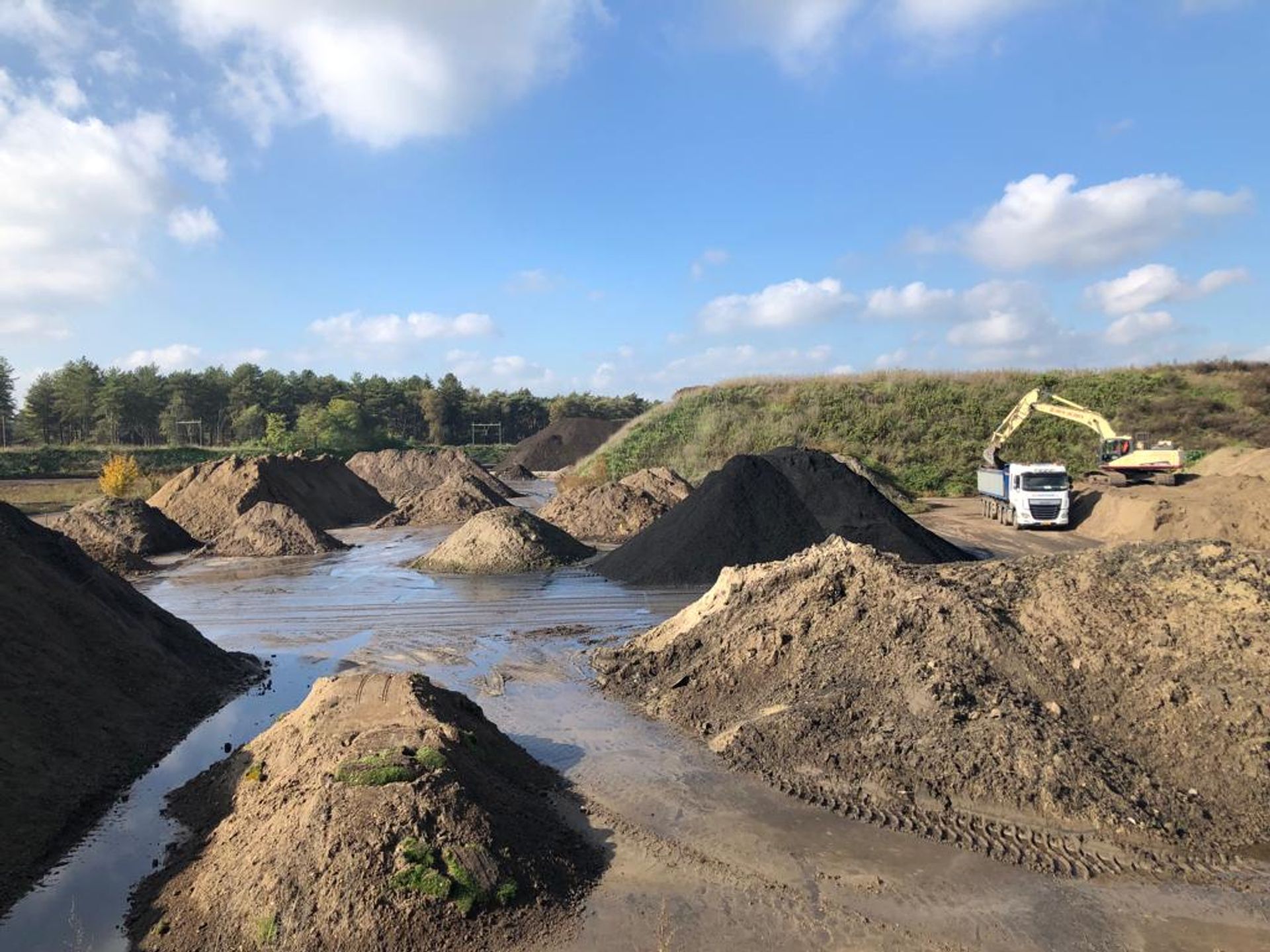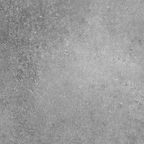In 2007, Brabob set up a land bank at the Chijnsgoed Business Park in Sterksel under the name 'Grondbank De Kempen'. Brabob has thus taken the initiative to operate a storage and transshipment location aimed at the reuse and recycling of sand, soil, rubble and building materials.
The soil bank has a broad environmental permit for the treatment and processing of a large number of (contaminated) waste materials. In this way, contaminated soil, soil with invasive exotics (Japanese Knotweed) and mineral waste can also be taken in and processed. Approved products for civil engineering and hydraulic engineering are supplied from stock, such as: sand for embankment or sand for sand bed, clean topsoil or granulates.
Brabob – location land bank De Kempen is located in Sterksel. The facility is easily accessible from the A2. Since 2021, Brabob also has a recognized land bank location in Steenbergen. Under the name Brabob - location Brabantse Wal, we also offer you a wide range of options for the sale or delivery of batches of sand, (recycled) soil or topsoil.
Treatment and processing
Grondbank De Kempen is recognized by the government in accordance with BRL7500 for the treatment and processing of contaminated soil. Biological cleaning, immobilisation, sieving and separation of waste streams are permitted.
Immobilization is a treatment of mineral waste, including soil, with the aim of capturing the polluted substances so that they no longer pose a threat to the environment. The immobilizate is a useful building material, for example as a foundation layer for industrial sites.
In immobilization, a waste stream is mixed with chemical stabilizers, after which cement or a mixture of lime and fly ash is usually added. This is usually followed by compaction followed by curing to obtain a form-retaining product. The pollutants are thus trapped in a calcium silicate matrix. Additives for neutralization, oxidation, reduction, ion exchange, etc. are used to achieve additional chemical binding of the pollutants.
Biological cleaning is based on reducing the amount of pollutants (particularly oil compounds) produced by micro-organisms such as bacteria and fungi. The aim is to decompose the contaminants up to a maximum industrial class in accordance with the Soil Quality Decree. Biological cleaning is particularly suitable for sandy soil. Here the environmental conditions are better than in clay soil or loam.
Degradation mainly takes place when the contamination is dissolved in the water phase surrounding the micro-organism. Factors that play a role in the breakdown are:
the bioavailability, ie the extent to which the pollutants are available for conversion by micro-organisms.
the presence of the right microorganisms.
the environmental conditions such as the availability of oxygen, nutrients, temperature, moisture content, pH, redox potential and the absence of toxic substances.
Need advice?
Contact person: Bas van Bree
Address: Hermalen 7
5481 XX , Schijndel
Telephone: +31613673223
Email: b.vanbree@brabob.nl
- Nederlands
- English
- Deutsch
- Francais


